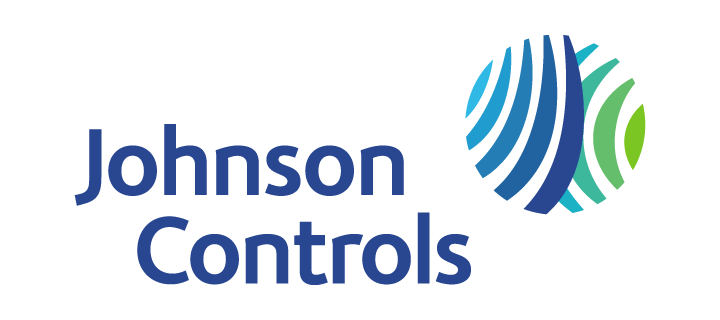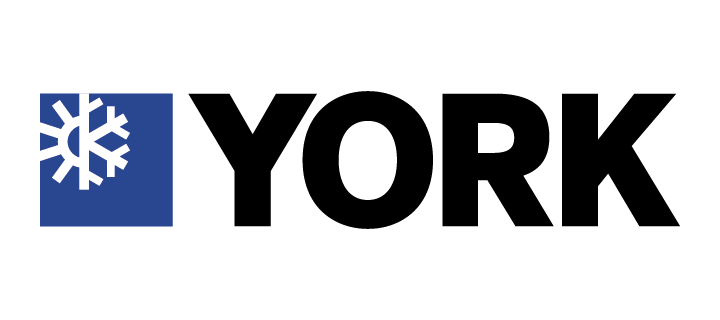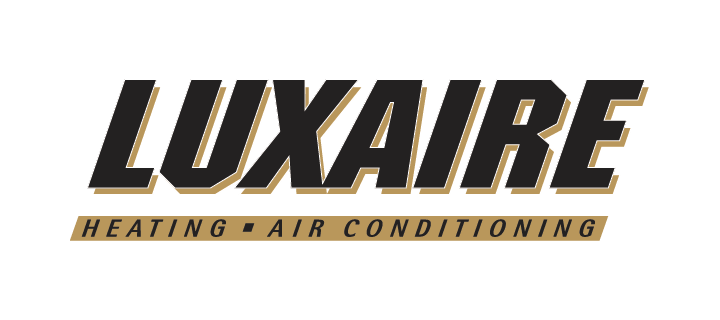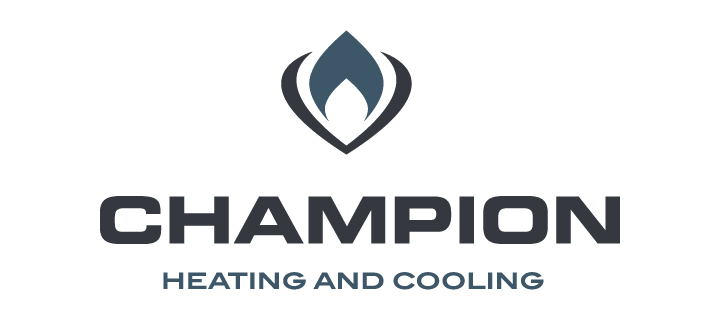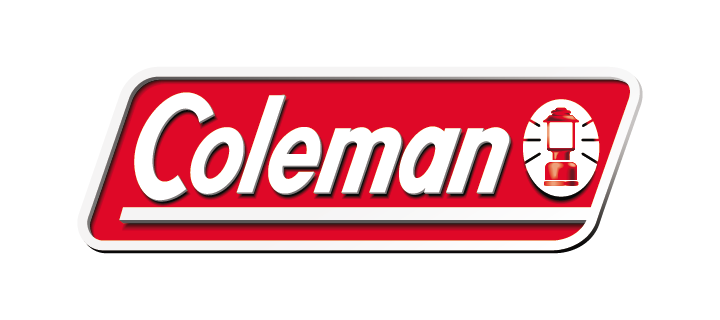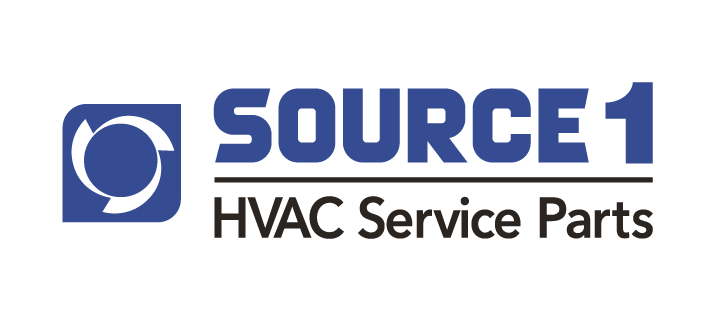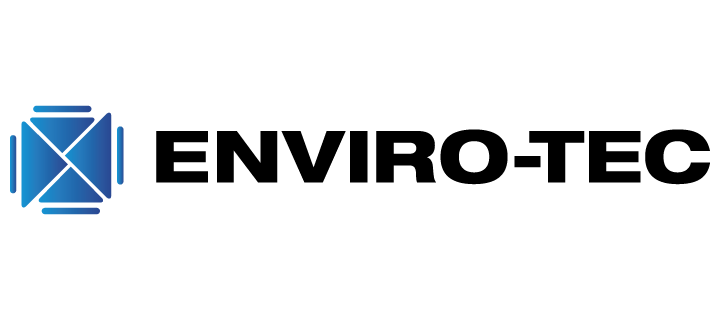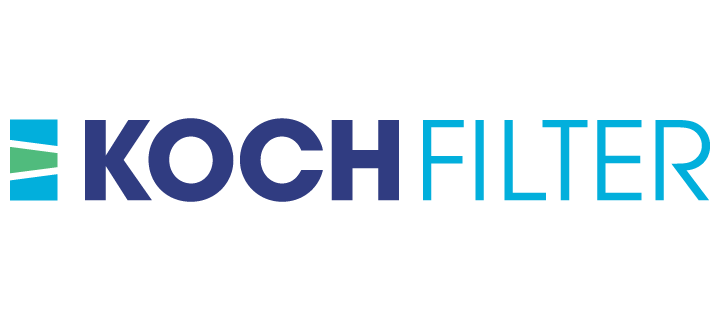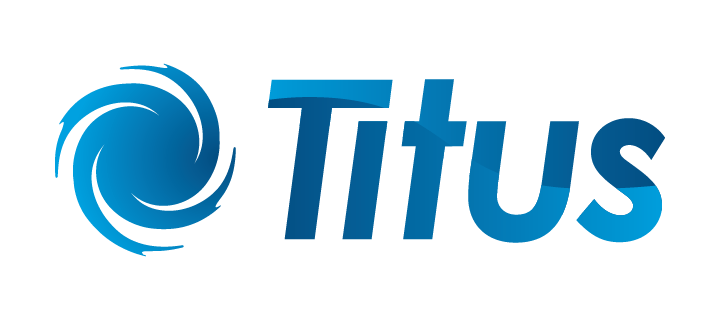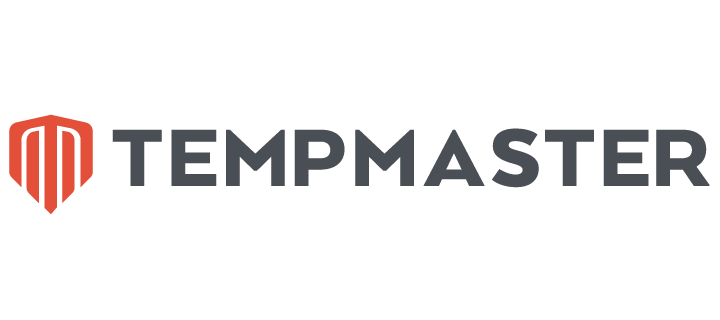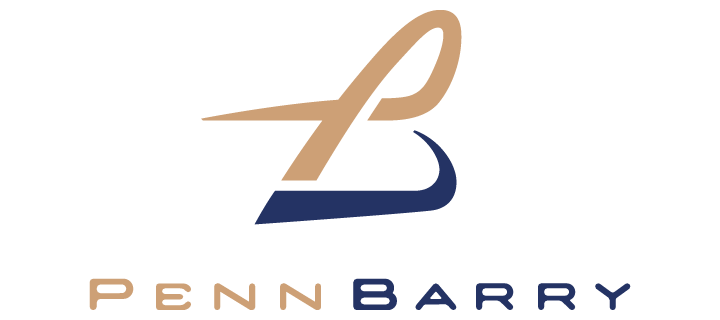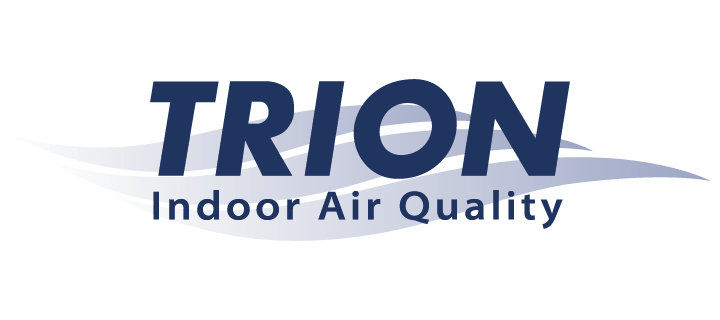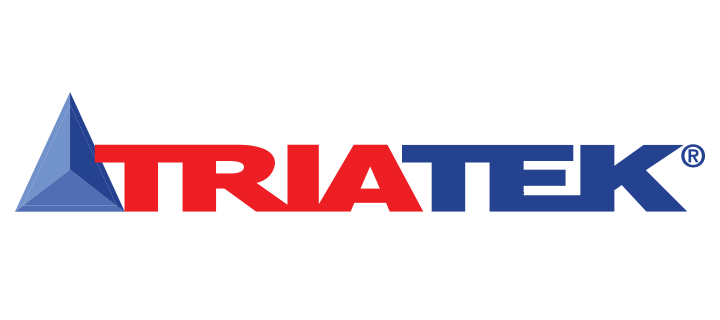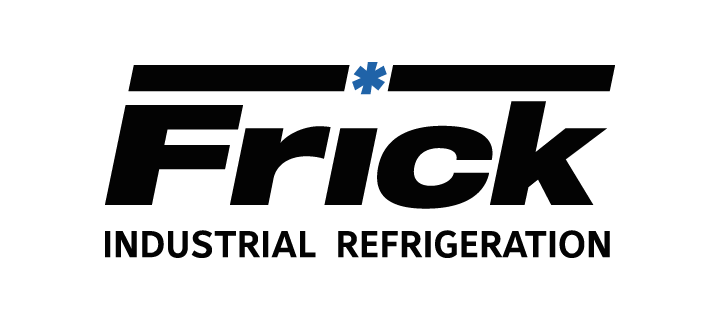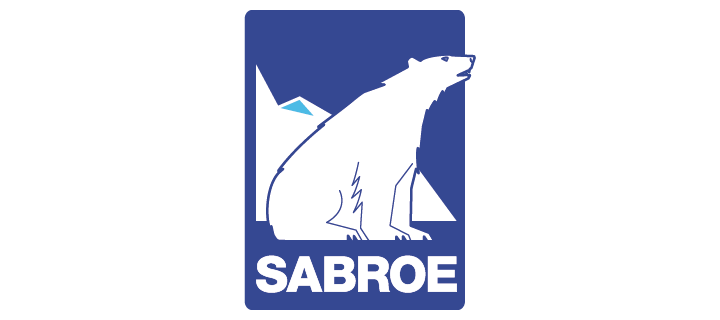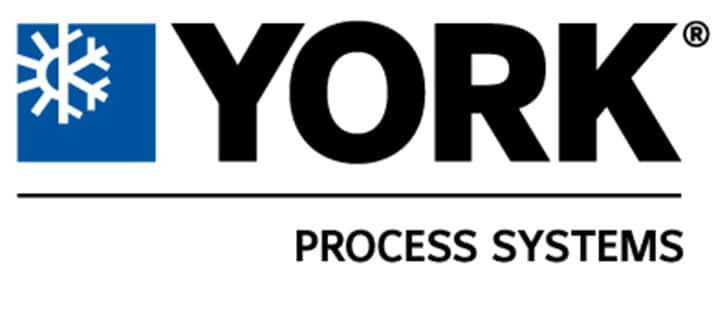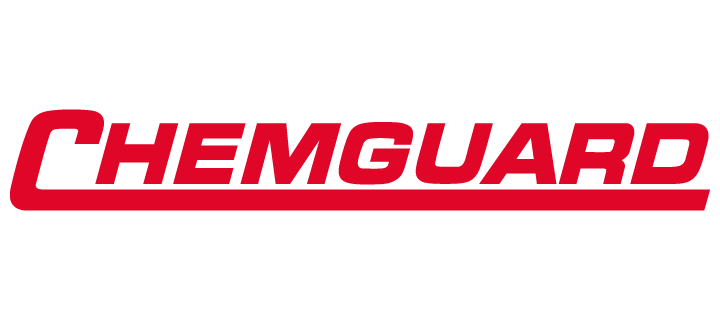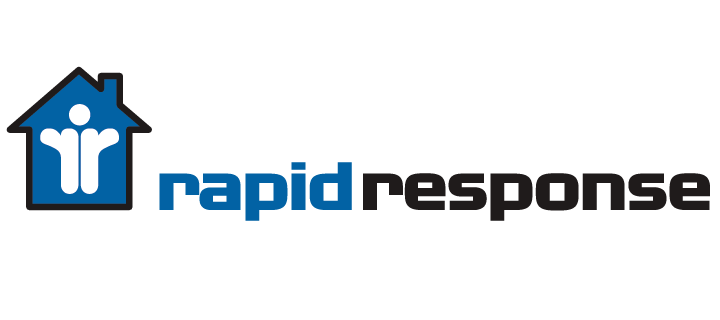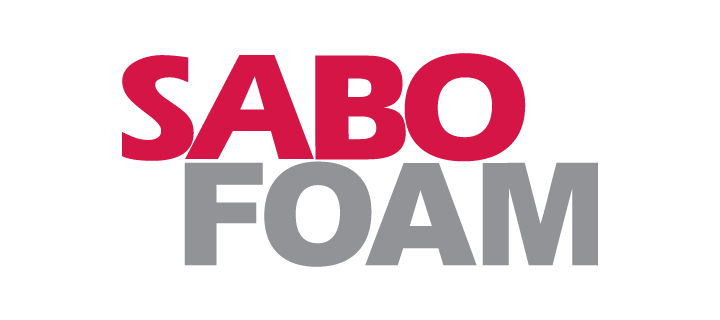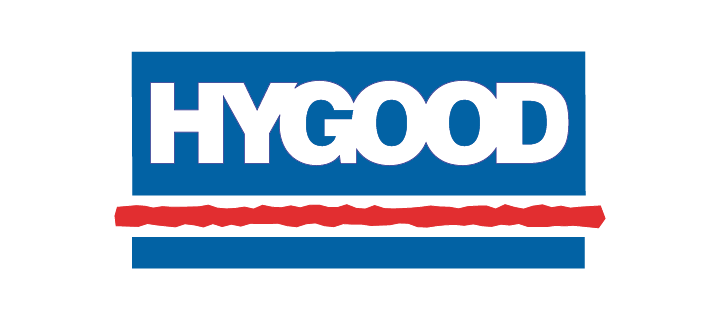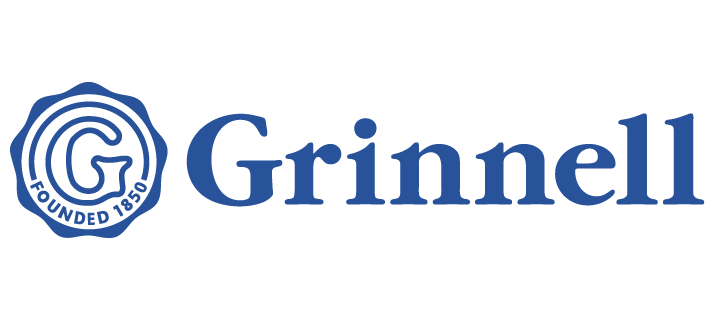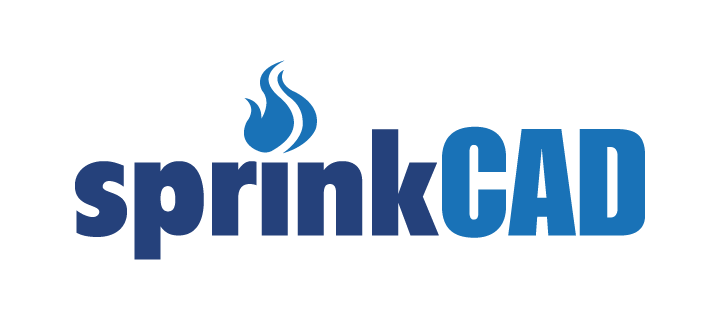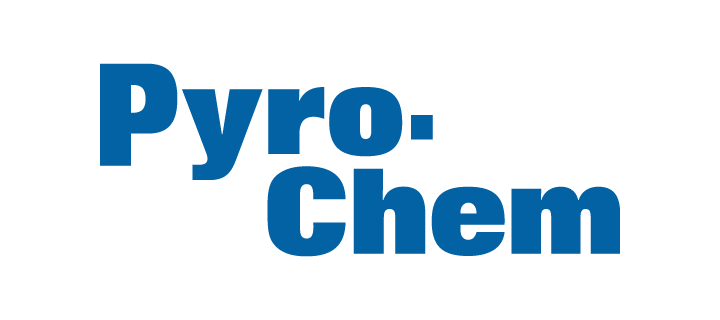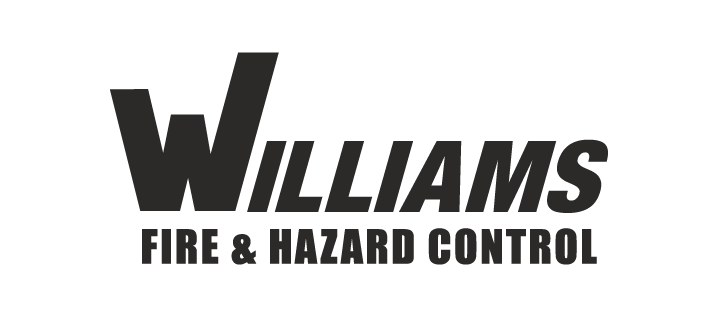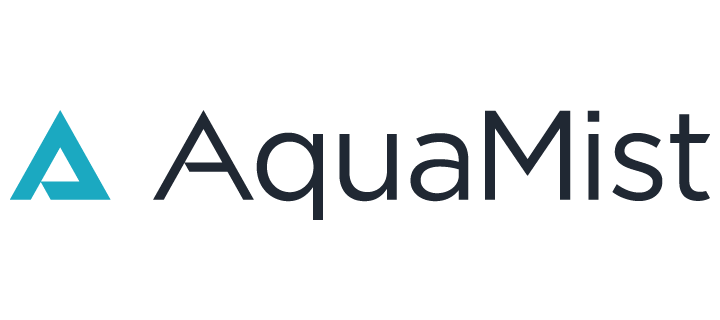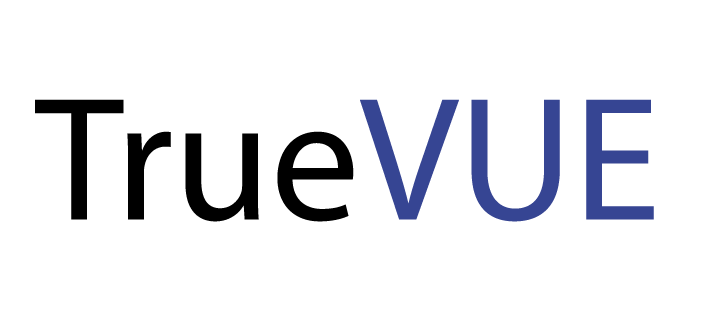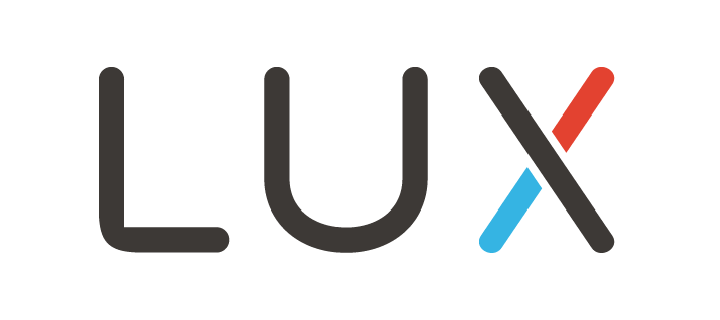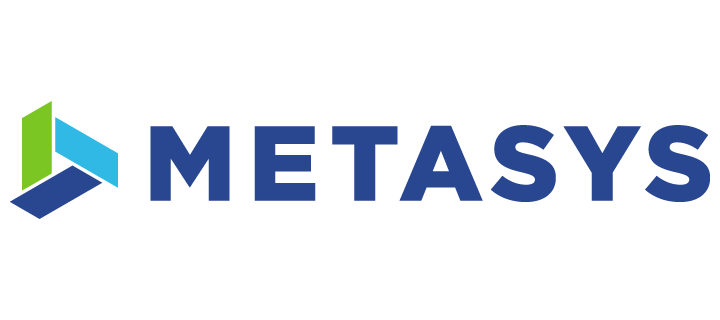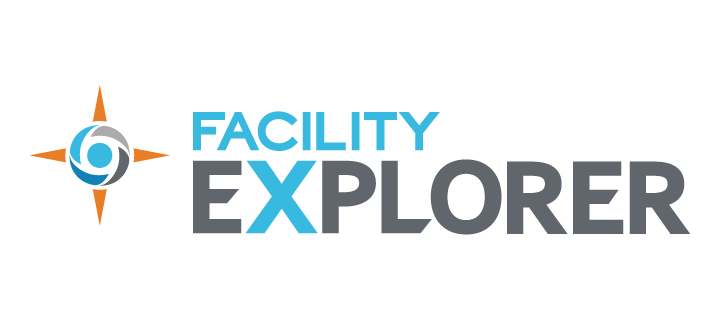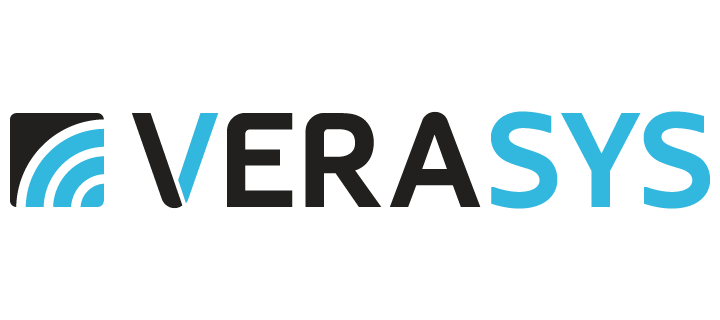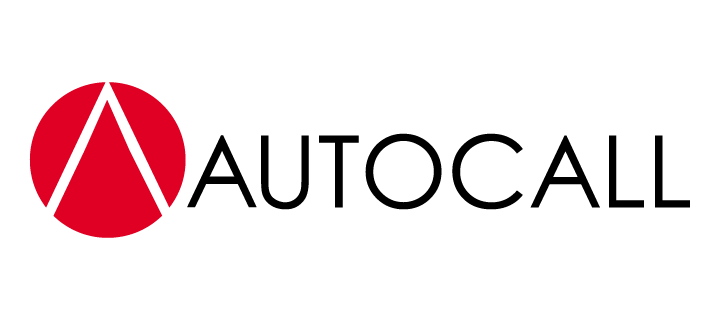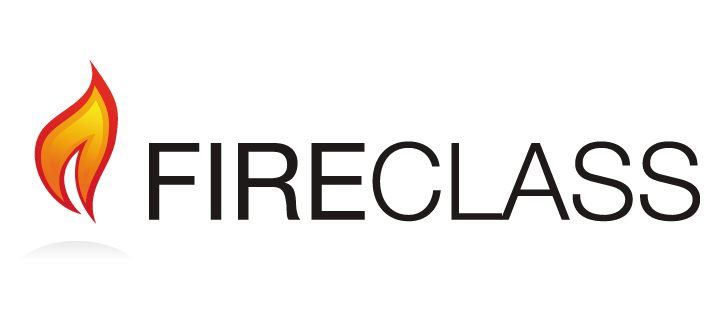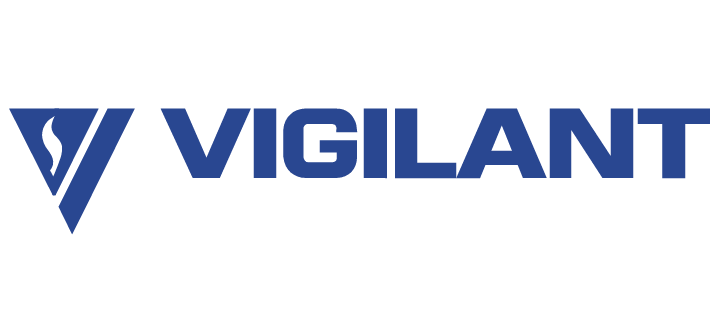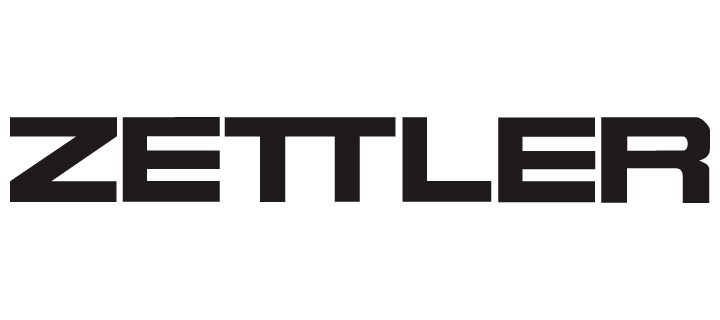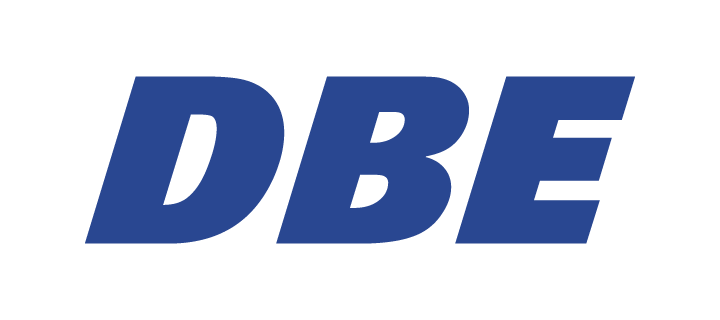The Blueprint for Future Connected Spaces
Facilities experts share insights on trends, expectations, and experiences that will re-shape workspaces
Agility, business continuity, wellness, safety, and sustainability — these are some key insights borne out of a panel discussion on the future of connected spaces with experts hailing from the real estate value chain in Asia.
The hour-long webinar took place on August 20th, and was hosted by Alvin Ng, vice president for Digital Solutions, APAC, Johnson Controls. He was joined by representatives from Frasers Property Limited (building owner), Gensler (architect and design firm), AECOM (main-con), Steelcase (deep tech domain expert), and Microsoft (collaborative technology partner). Together, they discussed ways in which the industry can provide a more sustainable, resilient and safe environment to occupants, tenants and employees.
Agility and Business Continuity
The panel is unanimous that agility and flexibility will be big concerns for companies. Samuel Tan, who is the group Chief Digital Officer for Frasers Property Limited, noted a “rising trend for more flexible use of space” among his clients.
Nayan Parekh, a consulting practice area leader with Gensler, said that everything will go “touch-less” in the new norm. Echoing the view, Steelcase’s director for its Smart + Connected APAC business, Markus Heinrich highlighted the shift in office space usage towards “smarter, more collaborative” in nature and that touch-less technology is useful to workers in automating the booking of meeting rooms, for instance.
Furthermore, Gensler’s digital experience design lead for Greater China, Rainer Wessler, noted that “it’s an interesting design challenge to encourage collaboration in mixed modal environments” — one that combines physical presence with virtual interactions.
Business continuity has taken on a new dimension during the pandemic, and will be a key consideration for businesses, going forward. Guillaume Estegassy, Microsoft’s worldwide lead for smart buildings and smart spaces in Asia, said that digital technologies and collaborative solutions allow employees to work from anywhere. He also indicated that “business continuity is not possible for any company operating on paper, or from siloed applications, or from private networks.”
Wellness and Sustainability in the New Norm
Sustainability has gained greater prominence in recent months. AECOM’s vice president for Southeast Asia, Scott Dunn, said that increasingly, the financial sector is pushing companies to evaluate their decisions on “long term sustainability of building assets as relating to climate changes, and to address how capital is protected over time.”
Drawing from Microsoft’s experience, Guillaume shared that the company has a long list of requirements, of which technology and sustainability figured prominently, that must be met when leasing office space — a practice he suggested that may become more commonplace in the future. This may put pressure on property developers to offer new compelling terms to entice tenants to stay on, he said.
Noting a new concern about environmental issues among the younger generation, Rainer observed that companies with strong sustainability focus will be seen as “attractive” when it comes to competing for talents.
New expectations about wellness have also surfaced. According to Nayan, more companies in China are installing sensors to monitor indoor air quality — a trend that local employees have come to expect of their workplaces. “This may become a new norm for businesses within the region,” she said. Scott suggested that companies introduce more plants in the office space to help improve indoor air quality.
The notion of wellness also extends to ensuring the emotional well-being of employees, whether they are working from home or at the workplace — a view that was shared by the panel. Microsoft said that a HR strategy is essential to support the new norm of hybrid working modes, and employees need to be engaged and supported when working remotely at home.
For property developers such as Frasers, wellness and sustainability are not just for risk management, but to drive innovations. The company said that sustainable buildings hold strong value propositions for its clientele.
The Future of the Office
Data has an indisputable role in unlocking the value of the built environment, and helping the industry to better understand how people use the space. Samuel envisioned the future office as a function of the interaction among people (creating a collaborative community, places (building safe and sustainable places for people to use), and platform (using building technologies to serve unmet needs of consumers).
Predictive tools and systems will be useful in determining the efficiency and effectiveness of space utilization. Aided by these real time data, architects and designers can introduce more dynamism and flexibility in office floor plans, and will be able to gain data-driven insights on which designs work or not work.
Steelcase’s Markus agreed that real time data will be “instrumental” in making collaborative workspaces happen, and to enhance user experience through using integrated solutions. In addition, Rainer from Gensler suggested using highly modular furniture set that can be quickly reconfigured based on analytics and insights on space usage. Companies can even look forward to more promising collaborative tools that re-create the in-office brainstorming experience, according to Microsoft.
To sum up, the panelists agree that agility, sustainability and security will determine how the future office space will look, function and operate. Data plays a critical role to underpin these developments towards human-centric design approach.
You may be interested in
Building Safe and Healthy Buildings
Hybrid work arrangements have not only become a norm, it has become an expectation for many. Swarup Biswas speaks with CNA938 about building safe and healthy buildings
Energy Efficiency Trends in Asia
Johnson Controls conducts an annual Energy Efficiency Indicator survey that tracks current and planned investments, key drivers, and organizational barriers to improving energy efficiency in facilities.
Integrating technologies for a smarter, greener future: Johnson Controls interview with APUEA magazine
APUEA has a conversation with Clay Nesler, vice president of global sustainability and regulatory affairs at Johnson Controls, as part of a series of interviews with its founding members. They talked about strategies, geographical focus, trends of energy efficiency investment, technology, and more.

